Your plants may be telling you exactly what’s wrong—you just have to know how to read their colors. When certain nutrients are missing, many plants respond with dramatic shifts in leaf color, turning yellow, purple, or even red as a distress signal.
These changes aren’t random—they’re often linked to specific deficiencies like nitrogen, phosphorus, or magnesium, and they show up in predictable ways. That makes your plants a kind of living soil test, offering early warnings before growth is seriously affected.
In this article, you’ll learn how to spot these nutrient-related color shifts, what each one means, and how to correct the issue quickly—so your plants can bounce back stronger and greener than ever.
Tomato

Tomato plants are like open books when it comes to nutrient deficiencies. A lack of nitrogen often shows up as a yellowing of the older leaves, while the younger ones stay green. This color contrast can become quite stark, signaling the need for attention.
The vibrant red fruit might remain unaffected, but the yellow leaves certainly stand out against the rest of the plant. It’s a clear sign that your tomatoes are asking for a little extra nitrogen boost. Regular feeding can ensure these plants stay healthy and productive.
Did you know gardeners often use tomatoes as a natural soil test? Their sensitivity to nutrient levels makes them excellent indicators.
Maple Tree
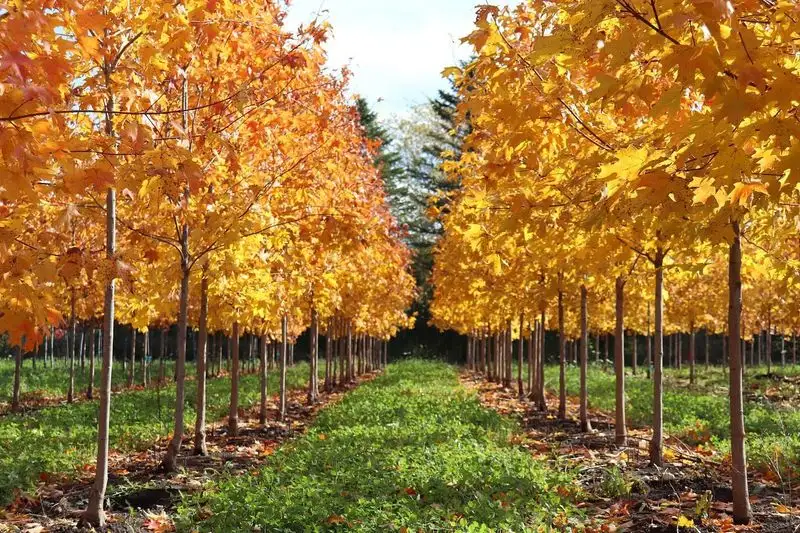
Maple trees, known for their stunning autumn displays, can surprise you with a purple hue when phosphorus is lacking. This color shift often starts in the older leaves, revealing a deficiency that might not be apparent at first glance.
Purple leaves are not just a fall fad; they can indicate a need for phosphorus in the soil. This deficiency can slow growth and reduce the tree’s overall vigor.
Observing your maple tree’s leaf color is more than admiring its beauty; it’s a way to gauge its health and ensure it thrives throughout the seasons.
Basil
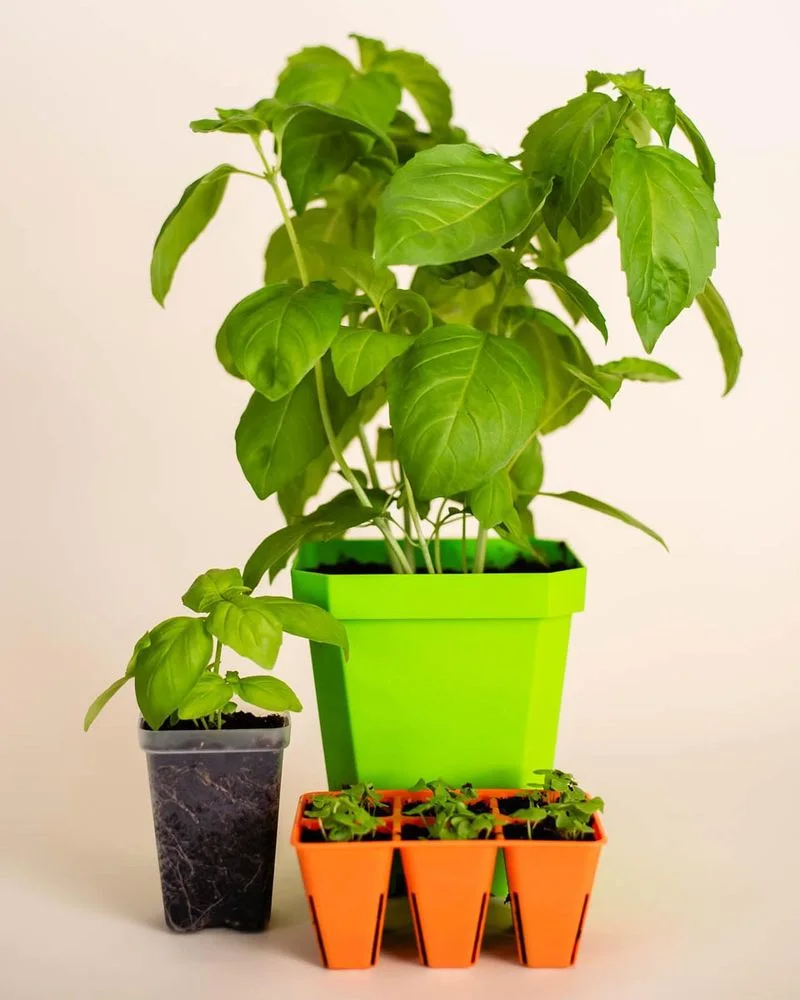
Basil, the kitchen garden staple, can send signals when magnesium is missing. Red or purplish leaves often indicate a deficiency, especially in the lower parts of the plant.
This color change doesn’t just affect its appearance; it can impact the plant’s flavor and aroma. Ensuring a balanced nutrient supply keeps basil lush and fragrant.
Indoor growers often notice this red hue when lighting is inadequate, adding another layer to the challenge of growing basil indoors successfully.
Corn
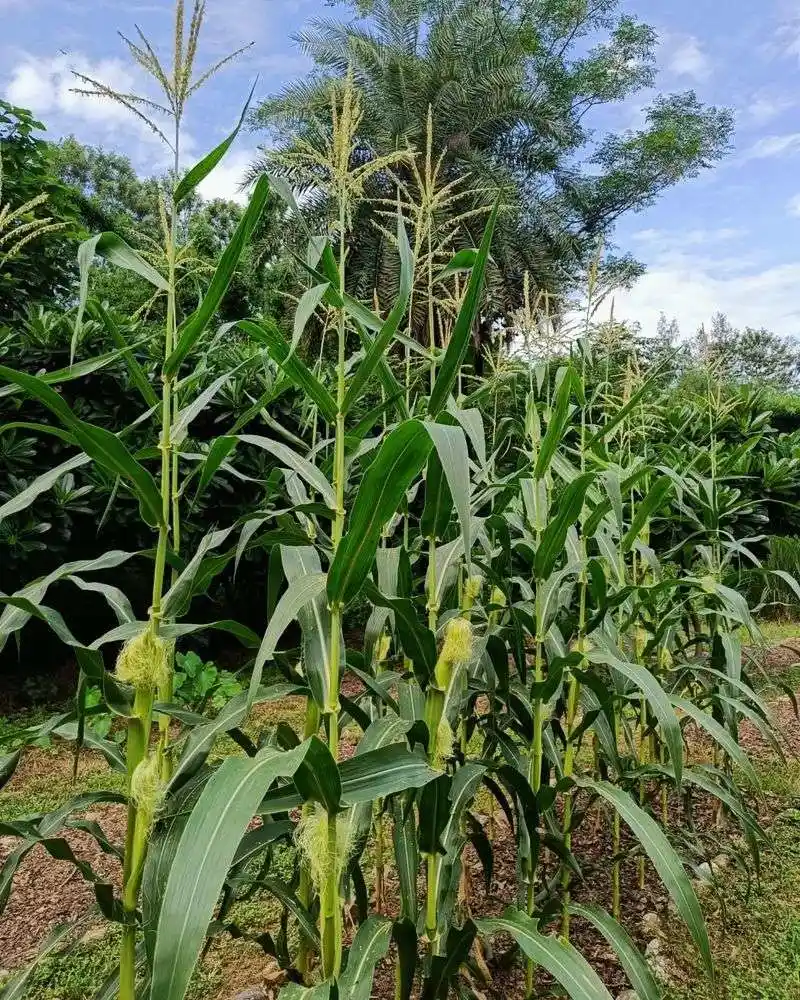
Corn, the staple of many fields, can tell you when it’s hungry. A lack of phosphorus might show as red or purple streaks on leaves, particularly in cooler weather.
These colors often appear in young plants, signaling that soil needs attention to ensure robust growth. Corn’s demand for nutrients means even a small deficiency can lead to noticeable changes.
Farmers utilize these color cues to adjust fertilization methods, ensuring they meet the crop’s high nutrient needs and achieve optimal yields.
Rose
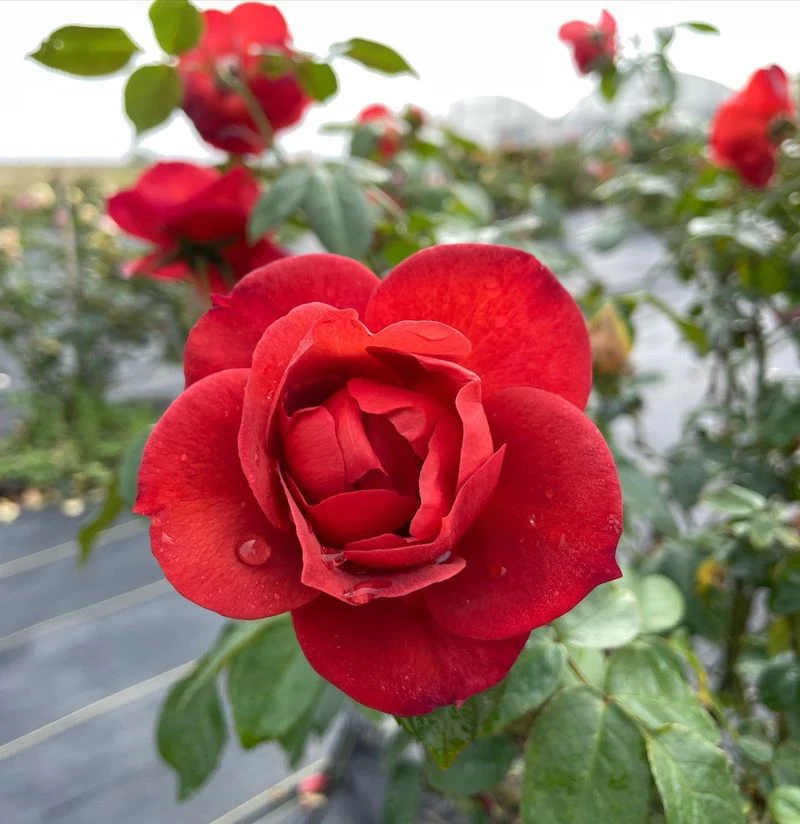
Roses, the queens of the garden, are not shy about expressing their needs. Yellowing leaves often indicate a lack of iron, especially if the veins remain green.
This condition, known as chlorosis, can make roses look less than their best, despite their beautiful blooms. Addressing iron deficiency promptly keeps roses healthy and flourishing.
Gardeners often rely on specific fertilizers to remedy this, ensuring that their rose bushes maintain their regal appearance.
Petunia
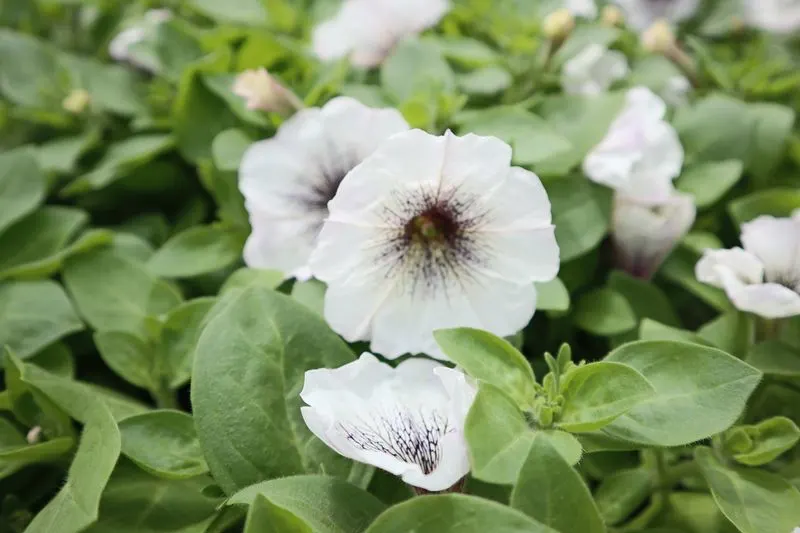
Petunias, known for their vibrant blossoms, can tell you when they’re lacking nutrients through purple-tinged leaves. This often suggests a need for phosphorous, particularly in the cooler growing seasons.
The color change can be subtle but is a clear indicator that the plant’s nutritional needs are not being met. Proper feeding keeps them blooming prolifically.
Gardeners often use petunias as a visual test for soil health, their color shifts revealing much about what’s happening below the surface.
Hydrangea
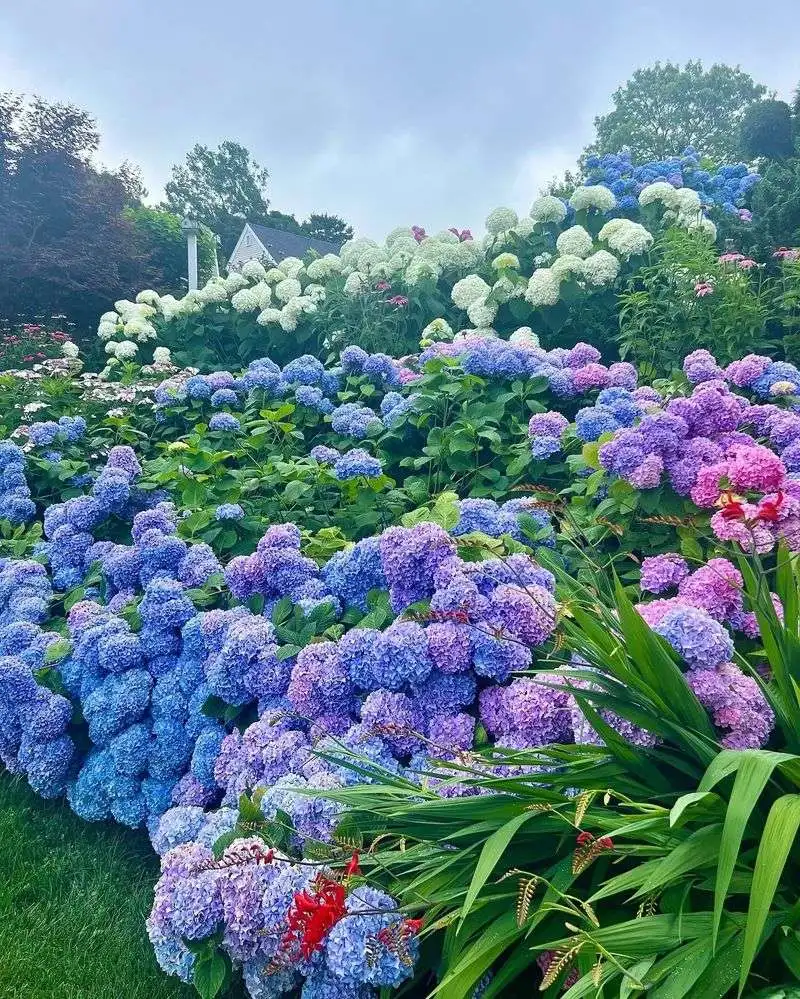
Hydrangeas, with their large, showy blooms, sometimes develop red-tinted leaves when magnesium is in short supply. This can be a striking contrast to their typically lush green foliage.
The color shift can affect blooming potential, as the plant’s energy is diverted elsewhere. Ensuring adequate magnesium helps maintain their floral display.
This deficiency often occurs in acidic soils, where hydrangeas are typically found, making soil testing and amendments crucial for maintaining their beauty.
Cabbage
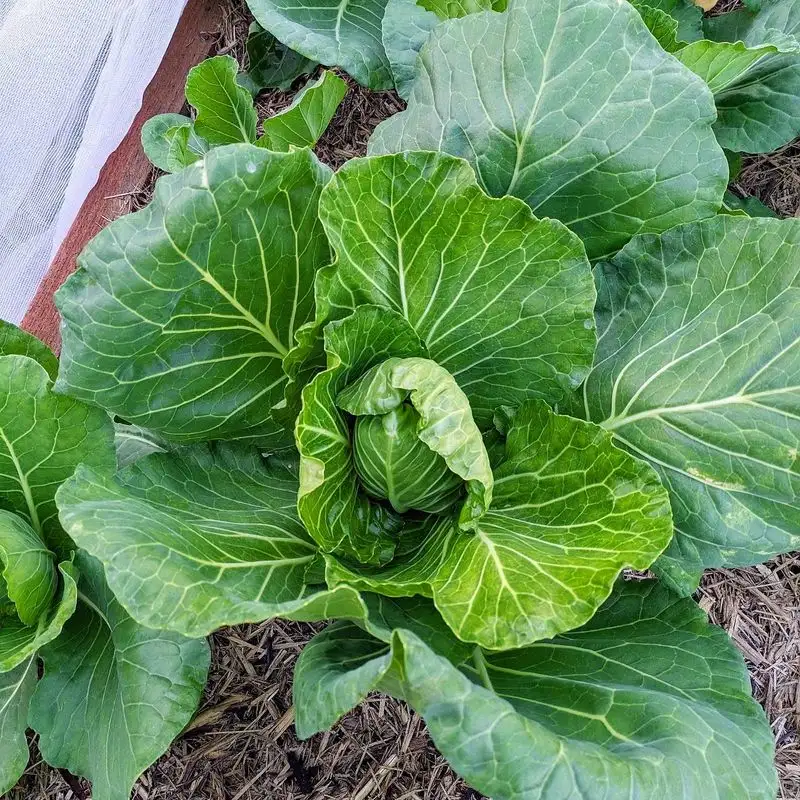
Cabbage isn’t just for coleslaw; it’s a living indicator of soil health. Reddish-purple leaves often signal a phosphorus deficiency, especially during the plant’s early growth stages.
This color change might initially go unnoticed but can affect the plant’s development and yield over time. Proper soil management keeps cabbage thriving and productive.
Farmers and gardeners alike watch for these signs to make timely adjustments to their fertilization strategies, ensuring healthy, robust crops.
Pepper Plant
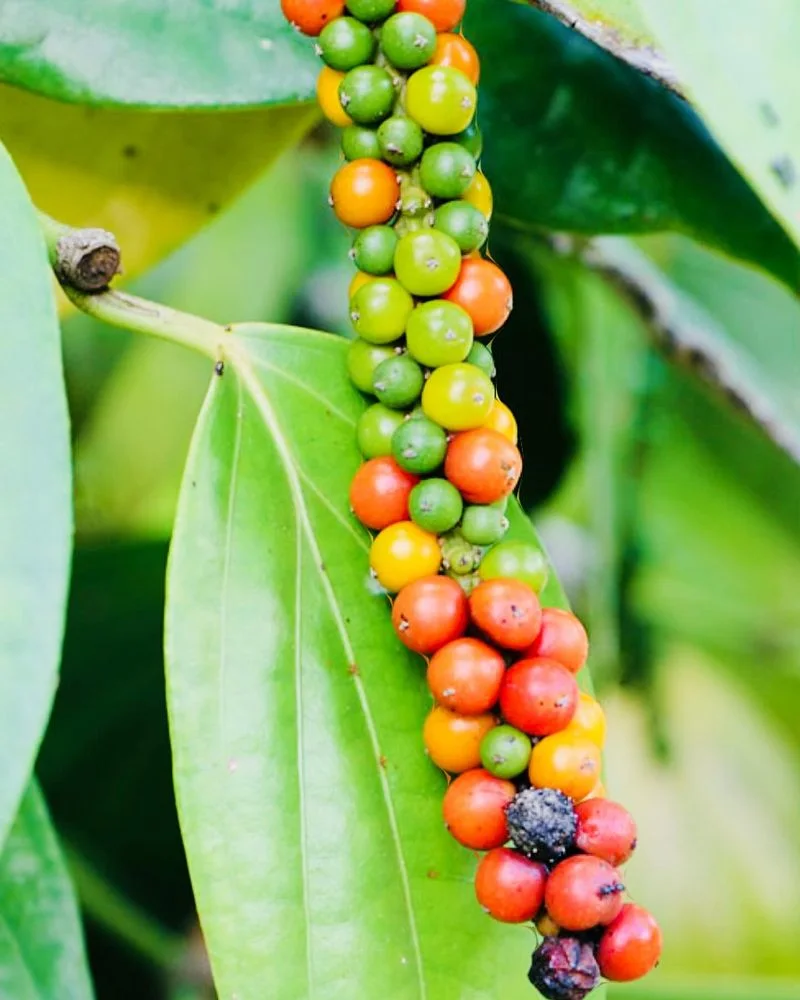
Pepper plants, with their vibrant fruit, can develop yellow leaves when nitrogen is missing. This often affects the older leaves first, creating a color contrast that signals a need for fertilizer.
The deficiency doesn’t just mar their appearance; it can also reduce fruit production. Consistent feeding helps keep these plants vigorous and fruitful.
Gardeners often use peppers as a natural soil barometer, their sensitivity to nutrient levels helping guide fertilization practices.
Marigold

Marigolds, known for their pest-repelling properties, can show yellow leaves when nutrients are lacking. This often indicates a need for nitrogen, particularly in well-drained soils.
The bright yellow flowers might still bloom, but addressing the nutrient deficiency ensures the entire plant remains healthy. Regular feeding keeps marigolds vibrant and effective in the garden.
Gardeners appreciate marigolds not just for their beauty but also for their ability to signal when soil needs a nutritional boost.

